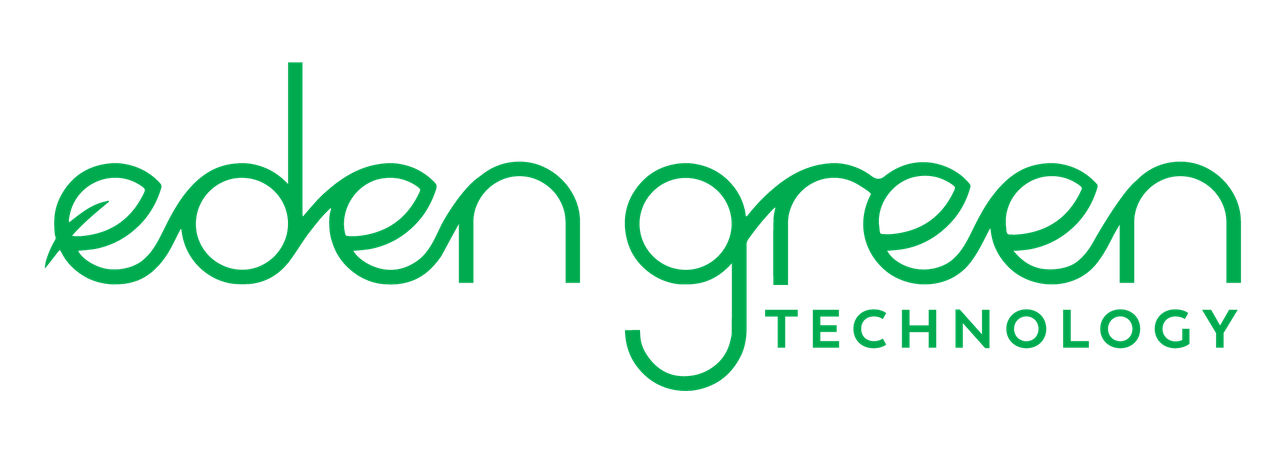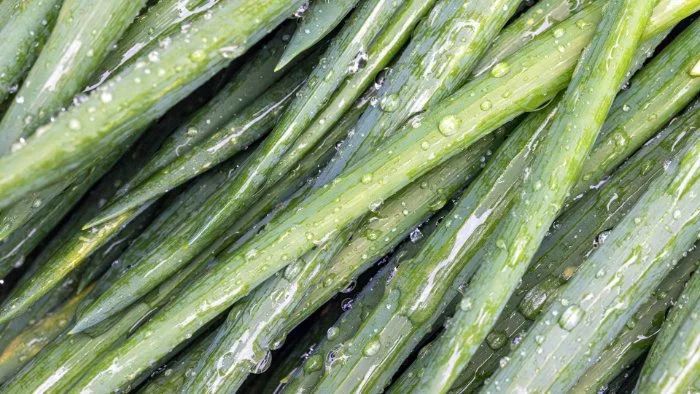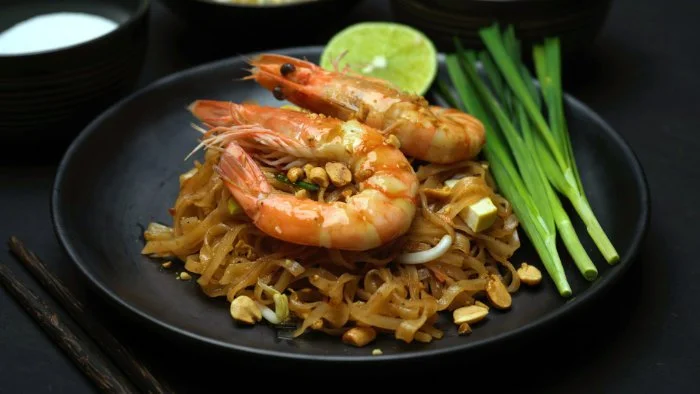Hydroponic Chives: Everything You Need To Know
Hydroponic chives are a great way to grow fresh herbs without soil. They thrive in water-based systems, making them easy to cultivate year-round. With the right nutrients and lighting, they grow quickly and require less space than traditional farming.
Hydroponic chives offer a simple and sustainable way for home gardeners and commercial growers to enjoy this flavorful herb. This guide will cover how to grow, use, and benefit from them.
How to Grow Hydroponic Chives
Chives grow well in hydroponic systems when given the right balance of nutrients and light. These hardy herbs prefer a pH level between 6.0 and 7.0, along with 12 to 16 hours of daily light. Proper care helps them grow faster and take up less space than soil-grown chives.
There are several methods for growing chives in water, but two of the most popular are DWC and NFT:
Deep Water Culture (DWC) suspends the roots in a nutrient-rich solution.
Nutrient Film Technique (NFT) provides a thin stream of nutrients flowing over the roots.
Both systems ensure steady growth and a high yield.
For those looking to scale production, vertical greenhouses help maximize space and create the best conditions for growing. Everyone from beginners to experienced growers will find that hydroponic chives are a simple and rewarding addition to any system.
Hydroponic Chives Nutrition and Health
Hydroponic chives are a nutrient-rich herb with many health benefits. They contain vitamins A, C, and K, which support immune function, enhance skin health, and help prevent blood clotting. Chives also provide essential minerals like calcium and iron, which contribute to strong bones and good circulation.
Eating hydroponic chives can help with digestion and heart health. Their natural antioxidants reduce inflammation and support overall wellness. Since they are grown without soil, they are less likely to contain contaminants, making them a cleaner and safer option.
Controlled Environment Agriculture (CEA) plays a key role in maintaining the quality of hydroponic chives. By regulating temperature, humidity, and light, CEA helps maximize nutrient retention for a fresh, flavorful product. This advanced method allows for consistent, year-round production. It makes hydroponic chives a reliable and nutritious choice for home and commercial use.
How to Use Hydroponic Chives
Hydroponic chives are a versatile herb that can enhance many dishes. Their subtle onion-like flavor makes them a great addition to soups, salads, and sauces. They also work well as a garnish for baked potatoes, eggs, and pasta, adding both flavor and a pop of color. Whether fresh or dried, chives bring a fresh, savory taste to any meal.
Proper storage is vital to maintaining freshness if you're growing your own chives. Keep fresh chives wrapped in a damp paper towel and store them in the refrigerator. For long-term use, they can be frozen—either whole or chopped—without losing their flavor.
Hydroponic chives are part of Eden Green’s full-suite herb program. We offer fresh, high-quality herbs year-round. Whether for retail sale or commercial use, these herbs provide convenient and sustainable freshness in every season.
Here are a few of our favorite recipes for using hydroponic chives at home:
Let Eden Green Kick Start Your Hydroponic Chives Journey
Eden Green’s hydroponic herb program provides fresh, pesticide-free chives all year. These chives grow in a controlled environment, filling them with flavor and nutrients. With a steady supply, they are a great choice for home cooks, restaurants, and grocery stores.
For businesses, Eden Green offers white label solutions and custom produce programs. This allows retailers to sell hydroponic chives with their own branding. Since the chives are grown locally, they reach stores quickly and stay fresh longer.
Growing hydroponic chives with Eden Green creates a cleaner and more sustainable way to grow food.
FAQs About Hydroponic Chives
Do chives grow well hydroponically?
Yes! Chives thrive in hydroponic systems, growing faster and needing less space than soil-grown chives. With the right nutrients and lighting, they produce high yields and stay fresh longer. These factors make them a great choice for hydroponic gardening.
What are three plants that are not recommended for hydroponics?
Root vegetables like potatoes, carrots, and onions do not grow well in hydroponic systems. They need deep soil to develop properly, so they're difficult to cultivate without traditional farming methods.
Can chives be grown in water?
Yes, but they grow best in a nutrient-rich hydroponic system. Plain water may keep them alive for a short time, but hydroponics provides the necessary minerals for strong, healthy growth and better yields.
How do you harvest hydroponic chives?
Trim the leaves about one inch from the base using clean scissors. This encourages continuous regrowth, allowing you to harvest fresh chives multiple times without harming the plant.





